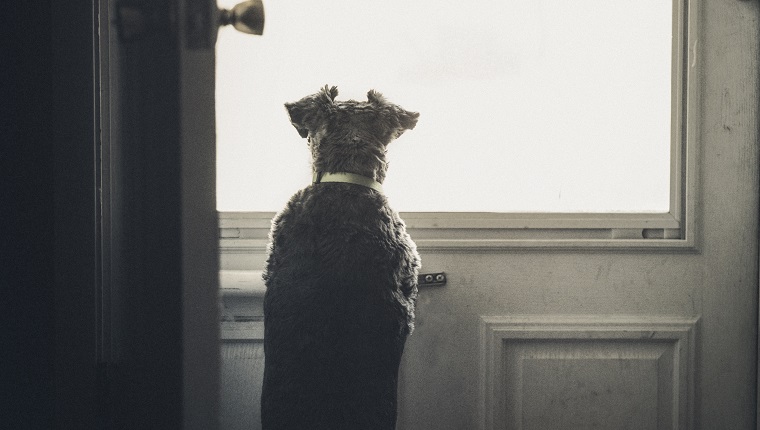Amitriptyline, also known by the brand name Elavil, is a tricyclic antidepressant drug used to treat conditions in dogs such as anxiety, behavioral disorders, and other problems. The drug works by increasing the levels of serotonin and norepinephrine in dogs’ brains by blocking reuptake of these neurotransmitters.
When used to curb anxious behaviors, this drug is often combined with behavioral modification programs for dogs. It also works as a pain reliever for certain conditions.
You must ask your veterinarian about the proper dosage and possible side effects before you use this drug to treat your dog. You can easily order amitriptyline for your dog online from Chewy’s pharmacy with your vet’s prescription.
Here’s what you should know about the uses, dosage, and side effects of amitriptyline in dogs.
Uses Of Amitriptyline In Dogs

Amitriptyline can be used to treat a variety of anxious behaviors in dogs, as well as certain kinds of pain.
Here are some common conditions in dogs that vets might treat with amitriptyline:
- Separation anxiety
- Obsessive grooming
- Depression over death of a companion
- Fear of loud noises
- Neuropathic pain from nerve injury, chronic cystitis, chronic pruritus, and skin irritations that cause itching
When used to treat anxious behaviors, the drug should be combined with behavior modification until a dog can control unwanted behaviors without the need for medication. A vet should wean the dog off of it when it’s no longer necessary.
Dosage Of Amitriptyline For Dogs

The following is a guideline for typical use of the drug in dogs and must not replace your vet’s advice for your individual pet.
The usual initial dosage of amitriptyline in dogs is 0.5 to 2 mg per pound given every eight to twelve hours.
While the FDA has not approved the drug for use in animals, a vet can prescribe it safely. However, symptoms may not clear up immediately, and it may take several days or even weeks for visible results.
Your vet can further increase or decrease the dosage depending on your dog’s response to the drug.
Follow your vet’s instructions for use, and do not suddenly stop giving your dog this medication because this can result in symptoms of withdrawal that include nausea, headache, and malaise.
Try to give your dog the medication at the same time every day and make sure they have plenty of water.
Side Effects Of Amitriptyline In Dogs

Amitriptyline can have some side effects in dogs that you should look out for. If they become severe, then you should contact your veterinarian immediately. Your vet can adjust the dosage to try and minimize symptoms.
Here are some common side effects of amitriptyline in dogs:
- Extreme drowsiness
- Dry mouth
- Thirst
- Panting
- Dry eyes
- Decreased urination
- Upset stomach
- Loss of appetite
- Vomiting
- Increased heart rate
- Excitability
- Constipation
- Headaches
- Behavioral changes
- Muscle weakness or stiffness
- Seizures in epileptic dogs
Amitriptyline may react poorly with other medications, especially pain killers, other anti-depressants, sedatives, muscle relaxants, and antihistamines.
Dogs who have liver or heart problems, diabetes, or seizure disorders shouldn’t take amitriptyline. Pregnant dogs should also avoid this drug.
Make sure your vet is aware of any medications your dog takes or other medical conditions your dog has before giving your dog this drug.
Has your dog ever taken amitriptyline? Did it work for your pup? Then let us know in the comments below!









